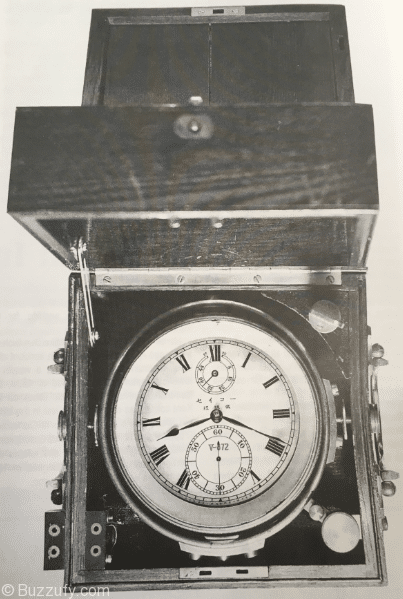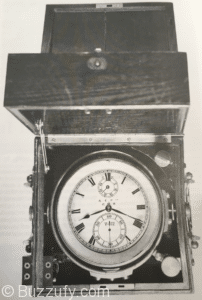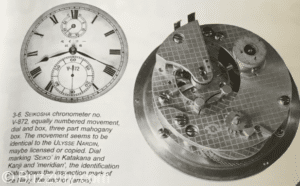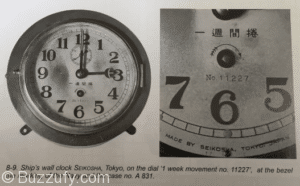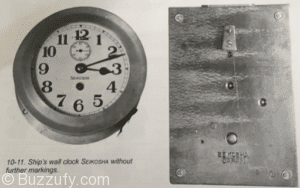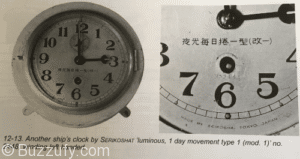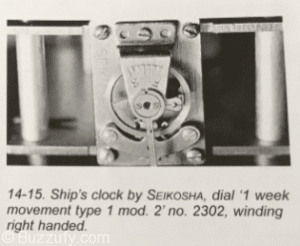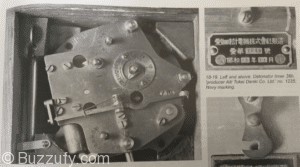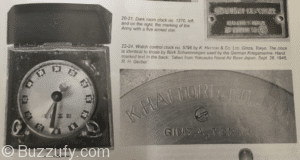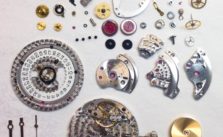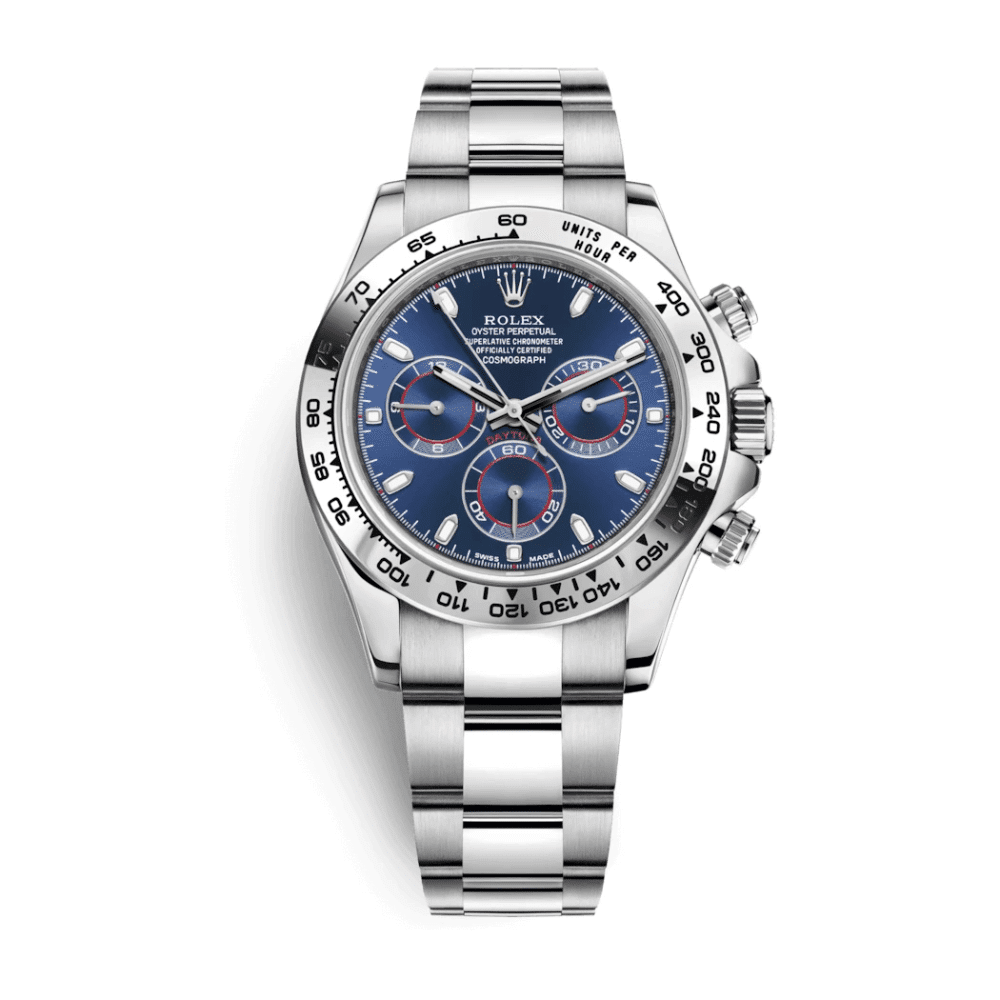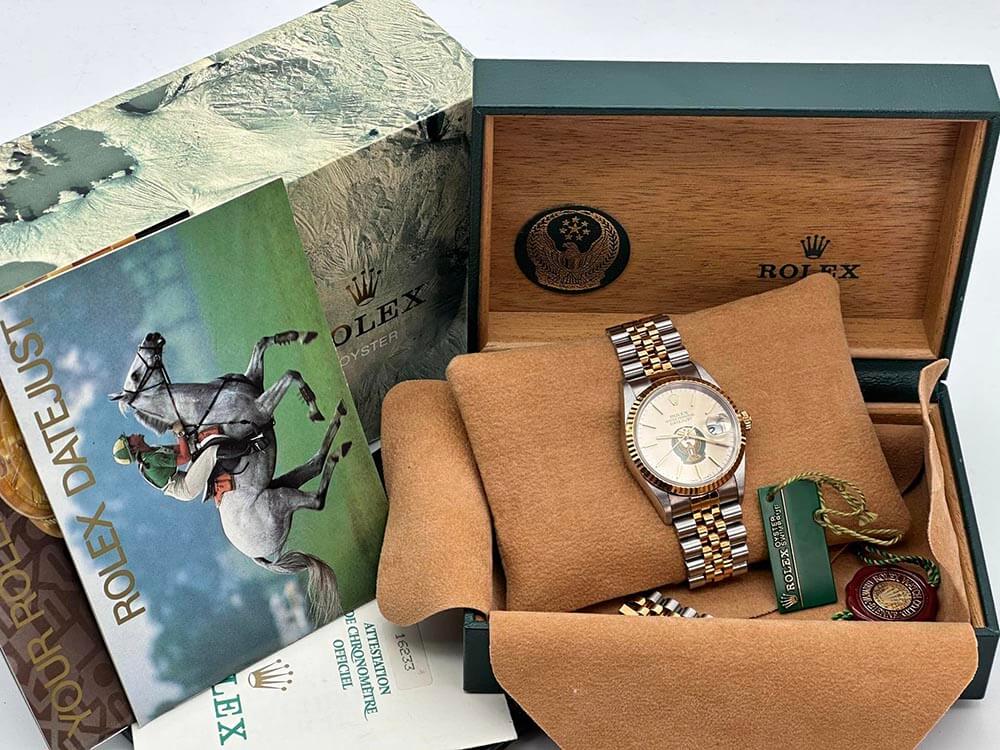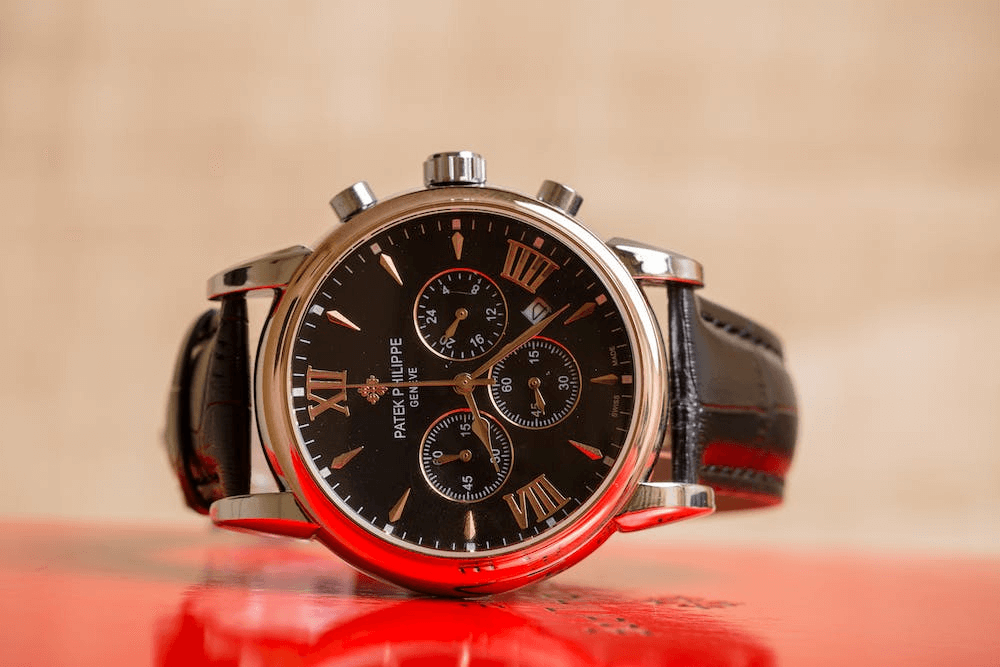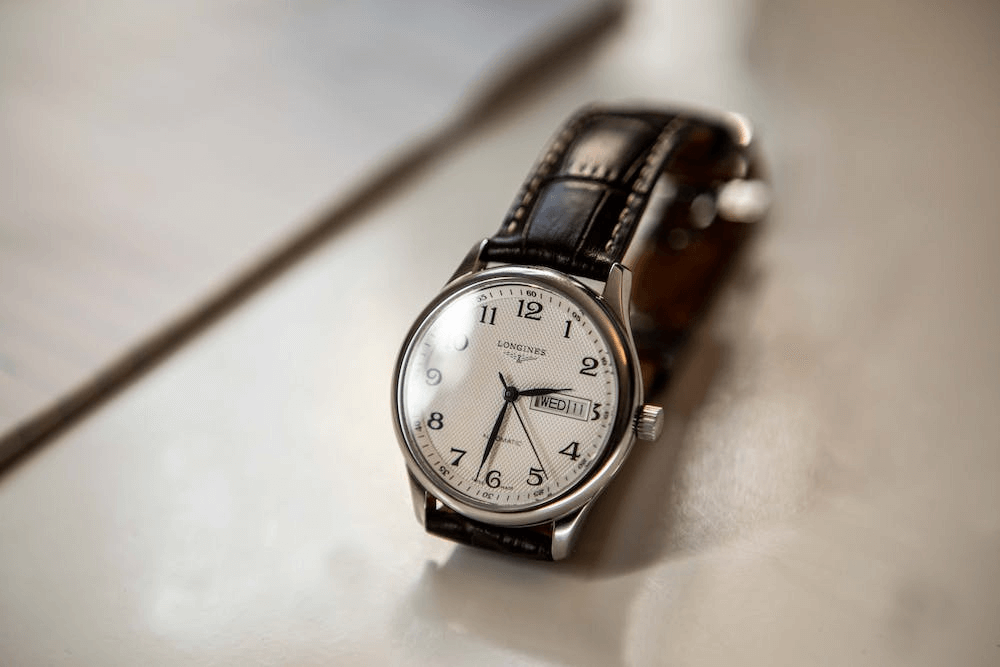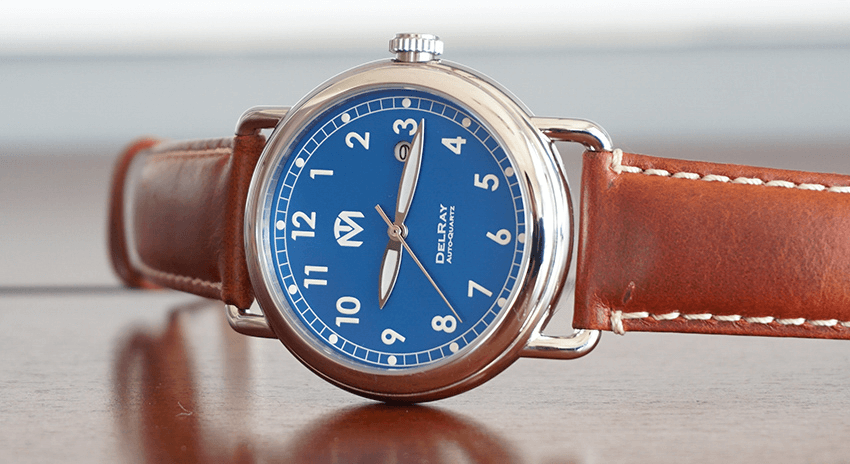Japanese WW2 Military Timepieces
IT IS difficult for a European collector to deal with a topic such as this. First, there is a dearth of historical artefacts and collector’s pieces in Europe relating to this era. Second, the Japanese script, and the country’s cultural background, is so different to that of Europe.
Unfortunately, it is not possible to explain how the Japanese Army and Navy acquired and distributed the timepieces in question, as Japanese air power was just a component of the Army and Navy. It is also not possible to properly outline the origins of these watches in this article. For example, it is difficult to know just how much they were copied from Swiss models. From 1920s onwards, Japan was working to develop navigational timepieces of its own. However all prototypes were destroyed by fire as this process was still ongoing. This meant that the model built along the lines of Ulysse Nardin’s chronometer became the most important and predominant model to be used by the Japanese.
It has long been recognized that timekeeping plays an important role in both military and civilian life. Countries such as England, America, Germany and Japan had their own military timepieces, all comparatively similar in design. This article will deal with some such Japanese military timepieces. As items of this type are seldom to be found in European collections, this report can in no way be seen as authoritative. There have also been only a few reports on Japanese military clocks up until now. For the most part these articles showed variants of the watches dealt with here. There are variations in details such as casing material, the presence of a rotating dial, or markings, such as the insignias of various branches of the military. This is probably the first time that a ship’s chronometer and wall clock has been dealt with in this context.
Types of clocks dealt with in this Article
. Marine chronometers
. Ship’s Wall Clocks
. Specialized Timepieces
. Commando Pocketwatches
. Artillery Chronographs and Stopwatches
. Wristwatches.
Manufacturers
Almost every Japanese military timepiece seen to date has carried the mark of watch manufacturer ‘Seikosha’ or ‘K . Hattori’, the forerunners of the modern day Seiko Co. Ltd. Ginza, Tokyo, Japan. The mark of another producer, Aiti Tokei Denki KK, appeared on a ship’s clock and also on a detonator timer. Swiss and German products, in particular chronographs and wristwatches, were undoubtedly worn by Japanese flight crews as well.
Marine Chronometers
The Seikosha chronometer shown here, 2-6, no V-872, is in a three part wooden case with window, and has the same numbers on the movement, dial and case. The movement workmanship is excellent, with chronometer escapement and fusee. It was copied, or licensed from, Ulysse Nardin, 7. The Kanji and Katakana characters for ‘Seiko, Meridian’ are marked on the dial above the centre arbor. In the seconds circle is the number V-872. The small inscription at the lower edge of the dial has yet to be deciphered. An electrical seconds contact to control slave clocks, and other signals, is via plugs in the wooden box.
Ship’s Wall Clocks
Ship’s wall clocks with one-week duration movements, such as various versions by Seikosha, are relatively common, 8-15. For example, the piece numbered 11227, 8-9. The inscription on the dial-face says ‘One-Week Movement’. The casing has been numbered ‘A831’. Astonishingly, the ship’s wall-clock, number 104, from Aititokei Denki KK, Nagoya, Japan, 16-17, only had a one-day movement. The inscription on the dial-face reads: ‘One-Day Movement Mod. 1’. On the casing edge is the Navy anchor and the number ‘B238’. A small yet unusual detail is the left-handed winder.
Specialized Timepieces
The Japanese military machine, with its many and varied functions, needed a large number of timekeepers under the broad heading of ‘displaying the time’. The more unusual timepieces included a detonator time setup, 18-19, a dark room clock, 20-21, and a surveillance control clock, 22-24. It is not clear what the Navy detonator timer number 1235, by Aiti Tokei Denki Co Ltd, was used for. It could possibly have been built into torpedoes. However, its 36-hour operating time makes it more likely to have been fitted in sea mines. Many photo-laboratories equipped with dark rooms were set up to process the large amount of photographic material gathered on targets etc. The inscription on the case and type-plate reads: ‘Dark room clock’, number 1270. The five-pointed star identifies it as belonging to the Japanese Army. The surveillance of military objects needed to be precisely controlled and time-checked. Control books and surveillance clocks were used for this purpose. Displayed here is piece number 5796 from K. Hattori and Co. Ltd. Ginza, Tokyo. The dial signature consists of the letters ‘KH’ in a rhombus. The piece is identical to the one made by Bürk of Schwenningen, used by the German Kriegsmarine. The piece’s cover illustrates that many such clocks came into the hands of collectors as war booty. The following message is scratched onto the cover: ‘Taken from Yokusuka Naval Air Base Japan, Sept. 26. 1945, R. H. Gerber.
